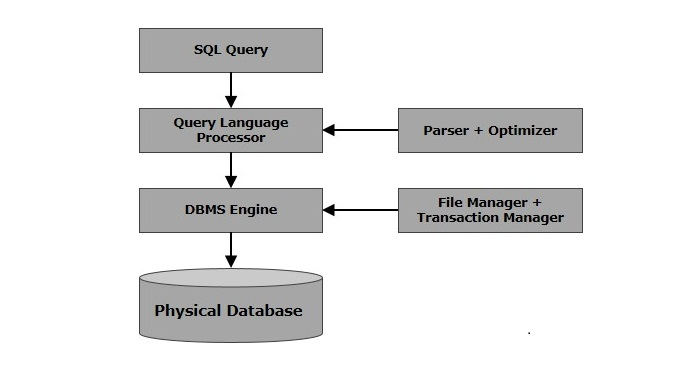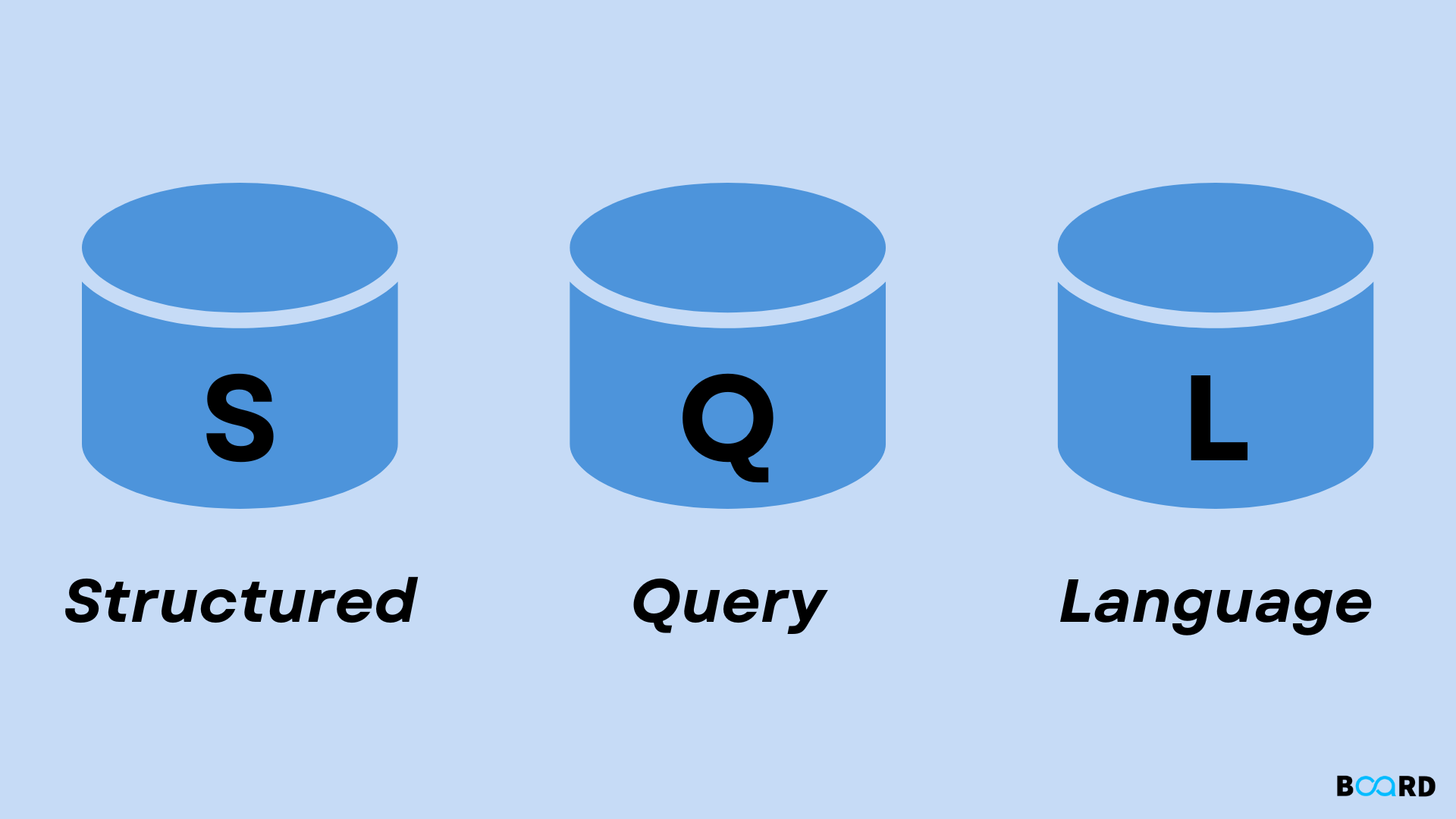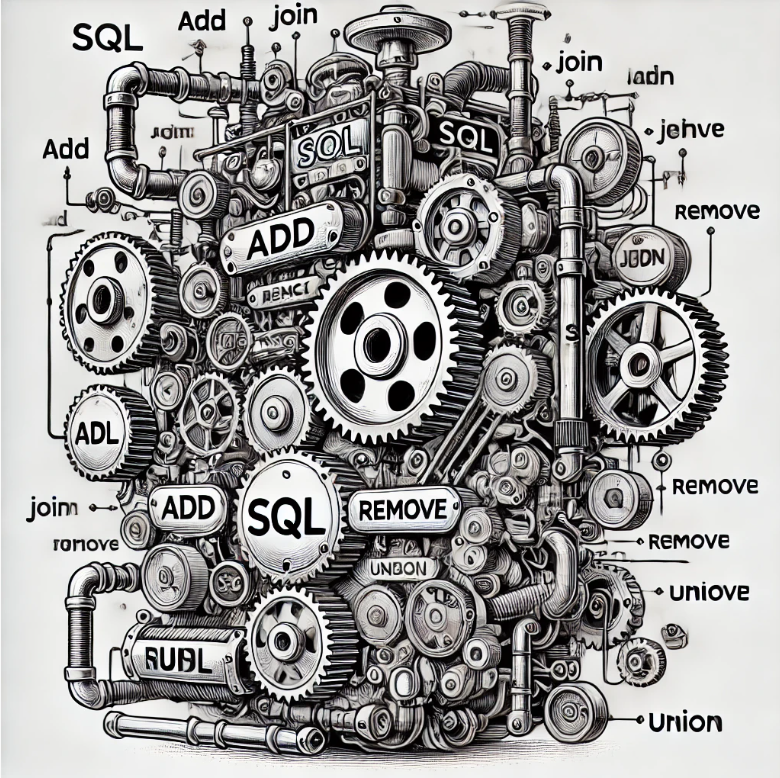Kyle's Blog
I Finally Get SQL, Kind Of
Jul, 2024
After over a decade of using SQL and databases, I finally had my "Aha!" moment about what SQL truly is. This short post is for anyone who, like me ten years ago, uses databases but has only a precarious understanding.
What is a Database and What is SQL?
A database is essentially an organized collection of data,
typically stored and accessed electronically. SQL, or
Structured Query Language, is the standard language used to
interact with these databases. It allows you to perform
various operations such as querying, updating, and managing
data.
Think of a database like a massive, highly organized digital
filing cabinet. SQL is the tool you use to interact with this
filing cabinet. It’s not entirely wrong to compare it to a
command-line version of Excel. Just like you use functions and
formulas in Excel to handle data in a spreadsheet, you use SQL
commands to manipulate and retrieve data from the database.
SQL works with structured data, typically stored in tables,
much like how Excel uses cells organized in rows and columns.
By understanding SQL as a tool that provides a way to
communicate with and manipulate a structured collection of
data, the concept becomes more tangible. It's about managing
data efficiently and effectively, making it accessible and
useful for various applications.

The Ah-Ha Moment
 The
"Ah-ha" moment for me came unexpectedly while I was setting up
my local testing environment on a new PC. As I was reinstalling
MySQL, it suddenly struck me: "It's just a program. SQL is just
a program running on a computer..."
The
"Ah-ha" moment for me came unexpectedly while I was setting up
my local testing environment on a new PC. As I was reinstalling
MySQL, it suddenly struck me: "It's just a program. SQL is just
a program running on a computer..."
This simple yet profound realization made everything else click.
I had always interacted with SQL through various graphical user
interfaces (GUIs), which made it difficult to see SQL for what
it truly is. Realizing that SQL is fundamentally a program, with
different GUIs simply providing different ways to interact with
the same program, was a game-changer.
Understanding this helped me see SQL in a new light. It's not
some mysterious, complex tool; it's a straightforward program
designed to manage and manipulate data. This clarity helped me
connect the dots and understand how SQL integrates with the
broader context of programming and data management.
At a high level, SQL operates by executing commands that
manipulate data stored in databases. The core functions of SQL
include:
SELECT: Retrieves specific
data from one or more tables.
INSERT: Adds new data into a
table.
UPDATE: Modifies existing
data within a table.
DELETE: Removes data from a
table.
SQL commands are structured and precise, enabling efficient and
effective data manipulation. The real power of SQL lies in its
ability to simplify complex data operations, allowing users to
handle large volumes of data with clear, straightforward
instructions.
Understanding SQL as a language designed to manage data
fundamentally changes how you approach database management. It
shifts the perspective from merely writing queries to
appreciating the broader context of data interaction and
manipulation. This big-picture view is crucial for anyone
looking to deepen their understanding of programming and data
management.
This realization may seem basic, but for those who are just
starting out, understanding that SQL is simply a program
designed to interact with databases can make a huge difference.
It's not about being better at writing queries overnight; it's
about seeing the big picture and knowing how SQL fits into the
broader context of programming and data management.
